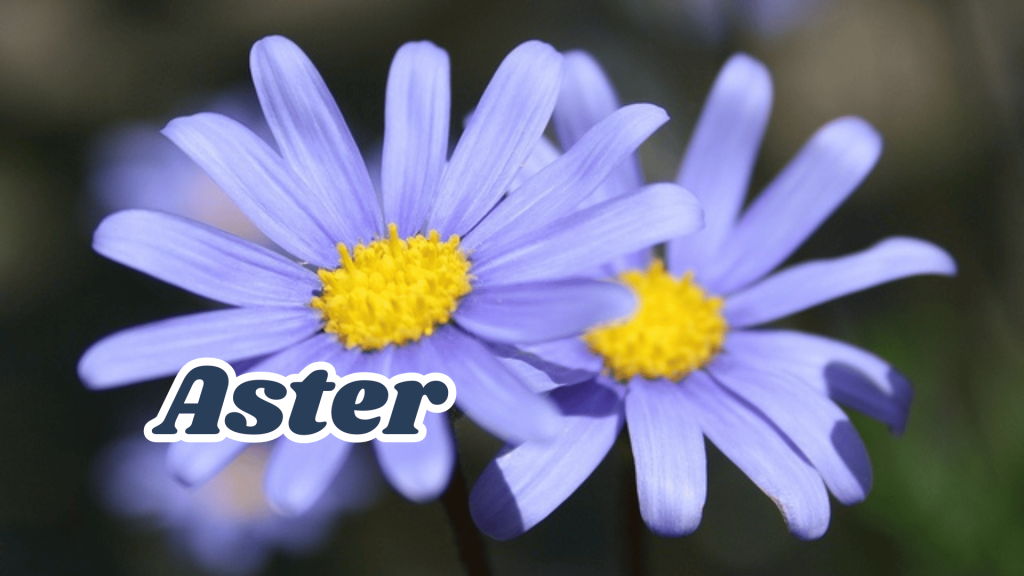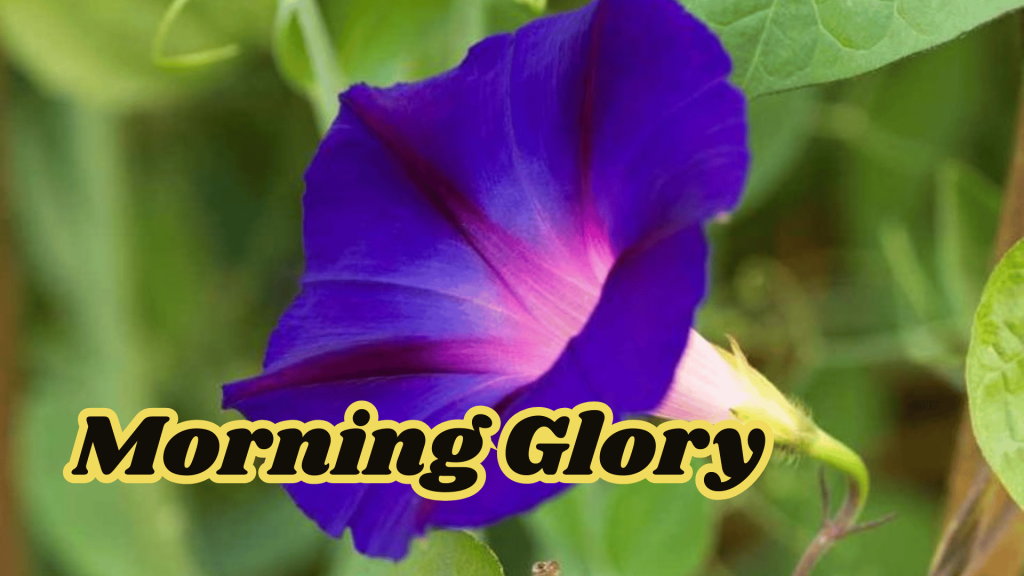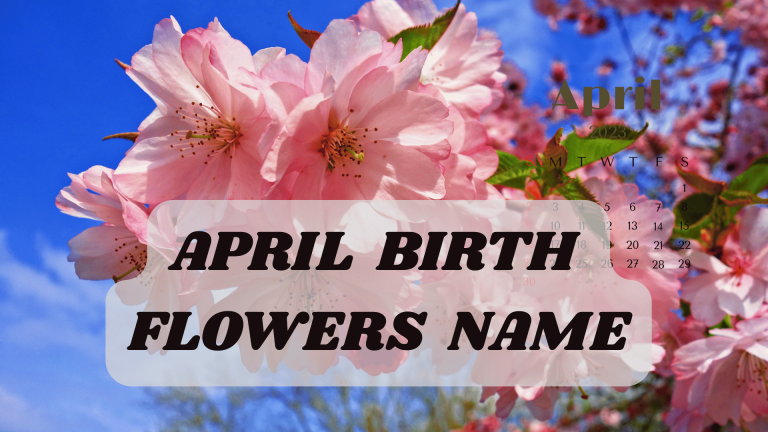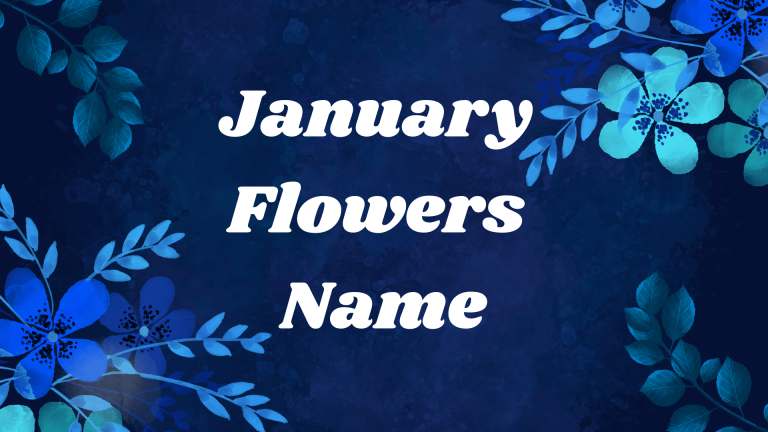September Birth Flowers Name: Aster, Morning Glory, Marigold and Goldenrod
Summer heat ends as September begins to turn into a fresh and crisp. The symbols of the new weather are the birth flowers of September that represent the past, the new beginning, the warmth and the strength.
Although the Aster and Morning Glory are commonly called the birth flower name of this month, Marigold and Goldenrod are famous because they open during this season’s change and are deep in the traditions of folk and flowers. They paint the gardens of September and also stand for strong emotions, the strength of faith and a regular change of seasons.

Aster: Flower represents the Starry Theme of September
The Greek word for the “star” is Aster, the flower takes the name of the Aster and shows its petals in the shape like stars in shiny colors. Native Wild Aster is found in Europe, Asia and North America and belongs to the Asteraceae family. During the end of the summer and autumn, Asters bring enough colors, which makes it easier to see the autumn tones with the bright colors of the summer.
Since it is often viewed in September, Easter is selected as a flower for this month and is often reflected in bouquets, gardens and events.
The historical importance of asters.
According to myth, Asters appeared in Greece after the goddess of innocence, Astraea, began to cry because of mankind’s actions and her tears turned into flowers in the sky. Religious rituals and offerings among Romans included burning of the Aster flower which they believed was sacred to the gods.
Placing Asters by their garden borders in medieval times was intended to protect from snake and bring happiness. Scholars say that Aster’s symbolism made it popular for showing emotions, mostly during times of remembrance and life transitions.
Aster in the Works of Art, Stories and Artistic Descriptions
Asters have often appeared in different pieces of art, standing for wisdom, courage and long-lasting love. For Chinese traditions, the flower was about spiritual enlightenment and played a role in practices designed for clarity and perception. Victorians regarded the meaning of Asters to be daintiness, patience and elegance. Many works in the Romantic period portrayed Asters as reminders of lasting love or thinking about those who have gone.
The way Asters flower late in autumn reminds people of hope and strength which adds value to this flower every autumn.

Morning Glory: The Combination of Fresh Beginnings and Living Dedication
Built with trumpet-shaped petals and fast-moving vines, the Morning Glory flowers very early in the day and is gone by the afternoon. Flowers in the Convolvulaceae family such as this Lucania cordata, have a special blooming rhythm that lines up with the sunrise and sunset of each day.
This plant which comes from warm and tropical areas, loves sunlight and usually grows along fences, trellises or even up trees. Because it flowers early, the flower of the day represents fresh starts and limited beauty.
The Historical Background of Morning Glory
At sunrise, Morning Glori, called Asgao in Japanese, is seen in the meaning of great cultural and romantic. The symbol of temporary love and spiritual development, Cherry Blasum usually became prominent in artistic and literary works during the Ado era. Morning Glori was created for exhibition by Mesoameican cultures, and especially Aztecs, but he also cut off his psychological seeds during the ceremony, which aimed to create a dream.
Things like religious beliefs and rituals reflect the belief that the flower has a special relationship with the spiritual creature.
Morning Glory in the Arts As a Symbol
Ephemeral joy, unrequited love or spiritual awareness are often the meanings associated with the Morning Glory, as it blooms and fades quickly. According to Victorian floriography, this flower sent the message that love would stop because of bad luck or outside events.
In Eastern teachings, it showed that life is always changing and that change is not permanent. Because cherry blossoms only last for a while, they appeared often in Japanese and Chinese works about transience and grace.
Morning Glory is Used in Meditation, Healing and Rituals
People in herbal traditions often valued morning glory seeds and extracts, but their large effect means they should be used with care. Morning Glory seeds were used in religious ceremonies by people from Central and South America because they caused psychoactive effects.
Flowers from this genus are rarely seen in traditional herbalism, but their symbolism and the way they open makes them related to meditation, renewal and mindfulness.

Marigolds: The Symbol of Autumn and Personal Recollection
The Marigold which blooms fully in September, is strongly tied to this month’s influence. The Marigold is scientifically called Tagetes and it comes from the sunflower family in the Americas. It is famous for the bright colors of gold, orange and deep red. Because of how Mother Nature changes, these flaming colors seem right with the changing leaves and rising warmth in September.
Marigolds are strong, last a long time and are frequently used for religious, healing and decorating in many parts of the world, mainly in South Asia and Latin America.
The History and Background Behind Marigolds
Marigolds were looked up to by the cultures before the Spanish arrival. The Aztecs would use what they called “cempasúchil” during rituals, mainly for honoring the dead. People thought that the bright blooms would help spirits find their way and give spiritual guidance.
In Mexico, to this day during Día de los Muertos, Marigold petals are used to make paths for the spirits to follow home. Marigolds in Indian culture represent good luck and are a favorite on Diwali and Ganesh Chaturthi for their purity, energy and spiritual presence.
Marigold in Symbolism and In Use Today
Marigolds are sometimes used to represent passion, creativity and offerings made to the gods. They might represent things like grief or sorrow in flower language, but they are also associated with light, strength and endless energy. Because they are colorful and fragrant, they are able to discourage pests in your garden. Marigold garlands are put up in temples, homes and wedding locations to make the place spiritual and joyful for September.

Goldenrod: acts as a sign of light and positivity.
Goldenrod or Solidago is one of the common plants of September that are currently open. Those bright and golden rays appear in North America and Europe from the end of the summer on the fields, fields and streets from the end of the fall. Goldenrod, which is similar to the rig weed and opens at the same time, is an allergic -free plant that is actually very important for the ecosystem and honey bees. It comes to light when the atmosphere begins to dimming with the coming season, the heat and life are added to the places that are preparing to be silent.
Goldenrod is traditionally and herbally valued in many ways.
Seneca called Goldenrod a valuable plant for its healing properties nearly two thousand years ago. Americans living before European colonization would use it for wounds, sore throats and stomach complaints. They used it to treat infections as it had strong anti-inflammatory and antiseptic abilities.
The flower was called woundwort since it was used in making poultices and salves for healing wounds. Not only did its color catch people’s attention, but because calendula was useful in herbal medicine, it became a regular ingredient in apothecaries of this period.
Goldenrod in The Stories and Symbolism
Pictorially, Goldenrod signifies to make progress, feel motivated and stay optimistic. The way its flowers shine golden and bloom late are thought to mean good fortune and plenty. It was thought in various places that encountering Goldenrod might result in a sudden improvement or flash of insight.
Artists and poets have sometimes used it to signify feelings of surprise joy or hope when everything seems bleak. In flowers, it shows the inspiration of sticking with it and shining light which fits with September’s theme of being ready, reflective and strong.
Why the Importance of Flowers in Born in September
All four of the main flowers in September — Aster, Morning Glory, Marigold and Goldenrod — contain a variety of meanings that show how September is a month of change for both people and nature. Every flower stands for remembrance, splendor, healing and development. Their importance for history, culture and symbols reaches across many continents and ages. Their appearance is both lovely and lasting.
Morning Glories have come to mean both new starts and that love does not always last. Marigolds give fires and sacred vibes and Goldenrod offers joy, healing and hope. All of these flowers come together to express what September means: endings, beginnings and the light in between.
How September Flowers Appear
September brings a wide variety of flowering plants to us. Asters keep coming back every year to bloom late in the season and draw important pollinators. These plants grow fast and bloom quickly which is why they are easily noticed even though they are annuals.
Marigolds do well in hot, dry places and rarely get damaged by pests, so they bloom often with little help from the owner. Because goldenrod easily thrives in hard-to-grow places and wildlands, it is a perfect native flower for any yard. Their interaction highlights the vitality, variance and changes that the seasons show every year.
Conclusion
September’s flowering stars are the Aster, Morning Glory, Marigold and Goldenrod. Every flower pictures something special about this month such as spiritual consciousness, paying respects to the dead, healing, ritual meanings and emotional toughness. Their presence adds color to late summer gardens and also recounts many years of tradition, stories and plant meanings. Even when blooming at sunrise or lasting into freezing weather such flowers teach us to see beauty in change, the past in their petals and the calm undercurrents of the seasons.






